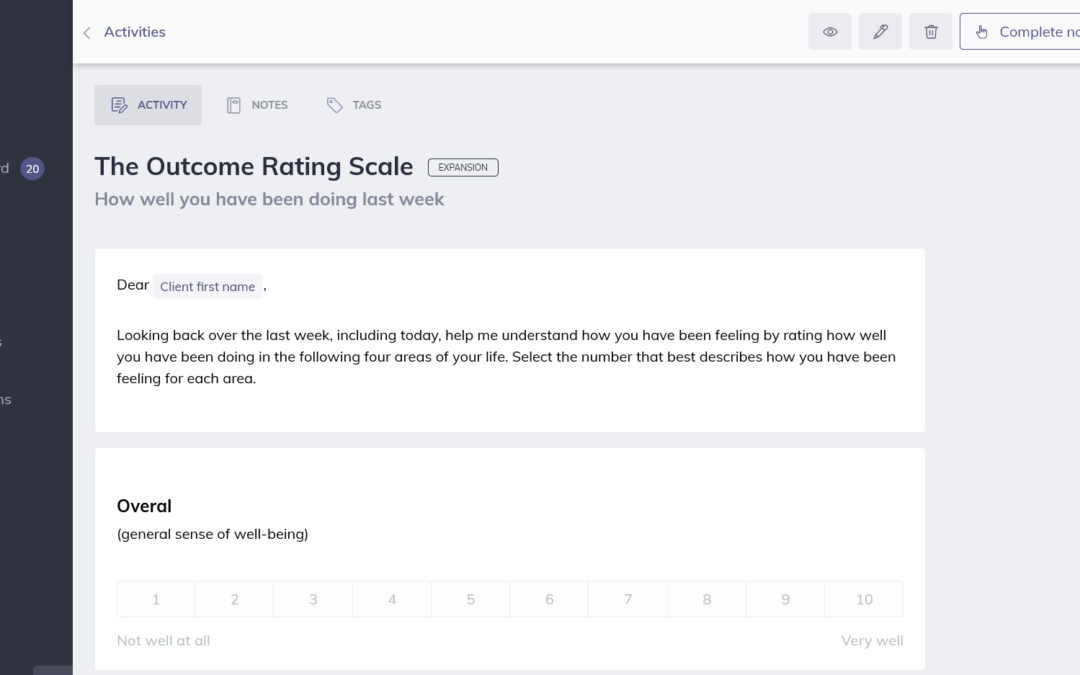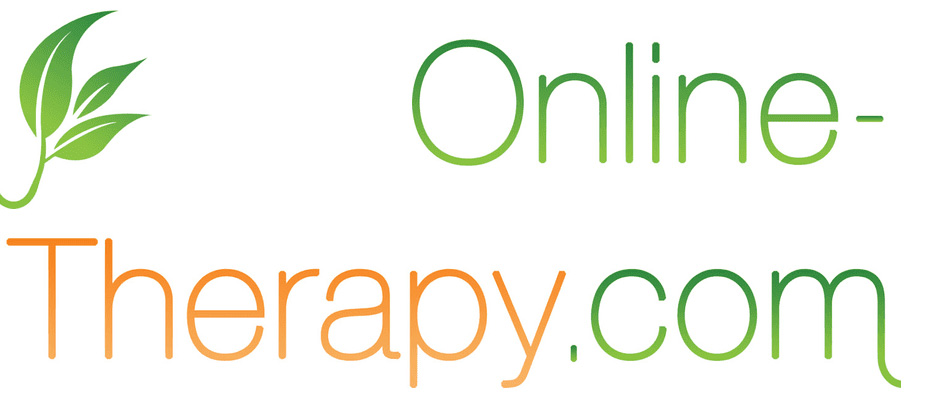Well written treatment notes are one of the keys to providing effective service and achieving the best outcomes for your clients. But there’s no denying… they can be painful to write! Of course, this means treatment notes can often be left to build up, creating stress and a sense of being out of control. Then, when you do catch up, there are some details
that are left out – meaning your notes are not as effective as they might otherwise be.
To avoid this situation, it’s well worth spending some time thinking about how you can write treatment notes more efficiently. Here we have 5 tips that can make writing treatment notes a breeze…
1) Create different templates for each type of session
If you think through the types of session notes you need to write, you’ll probably find that they fall into just a few categories. Take a moment to identify the different types of treatment notes you require. For instance, you might have an ‘Initial Consultation’, ‘Progress Review’, and ‘Final Review’. For each of these types, think through what information you need to capture in your treatment notes.
2) Use text prompts
Set up your templates so that you have prompts to make your life easier. This could be as simple as including all the possible options and requiring the non-relevant ones to be deleted. Or, in a practice management system, it could be setting up the text prompts to be suggested text. This way, you can be sure that you’ll be reminded to fill in the appropriate details.
3) Make it easy to copy previous notes
Many times, your treatment notes don’t really need to be very different from the previous session. There may only be minor changes in your client’s presentation and the interventions you provided from session to session. For cases like these, your note taking will become far more efficient if you have a system that allows you to copy previous notes. For most practitioners, this one change alone can make a huge difference.
4) Use diagrams and images to convey more information
They say a picture tells a thousand words and with treatment notes, this can definitely be true. Create note templates with the common images you need for your treatments (e.g. full body, part of body etc.) and use a system that allows you to annotate these. For example, you could show things like areas of pain, range of movement, pain scales or anything else that is relevant to your profession.
5) Finish with the plan of action
Different clinicians have different ideas on what should be included in treatment notes but one universal recommendation is that your notes should include the planned treatment/s or course of action recommended. When your client returns, you want to quickly and seamlessly continue with treatment, as well as check in with them on any previous recommendations you’ve made. So, make sure that your treatment note templates always include a section for recording your plan of action.
=====
By putting these 5 principles in place, you’ll find that it’s much easier to stay on top of your treatment notes. For many practitioners, staying on top of administration like session notes removes a big source of stress, which means you are better able to focus on your clients and the actual treatments you’re providing.
If you’re interested in practice management software that can do most of this for you check out Power Diary – it’s the practice management software whose note taking feature is loved by thousands of practitioners. It also includes several hundred pre-formatted treatment note templates across most health industries – all customisable to suit your needs. Start a free trial using this link and you’ll get 50% off for your first 6 months.


